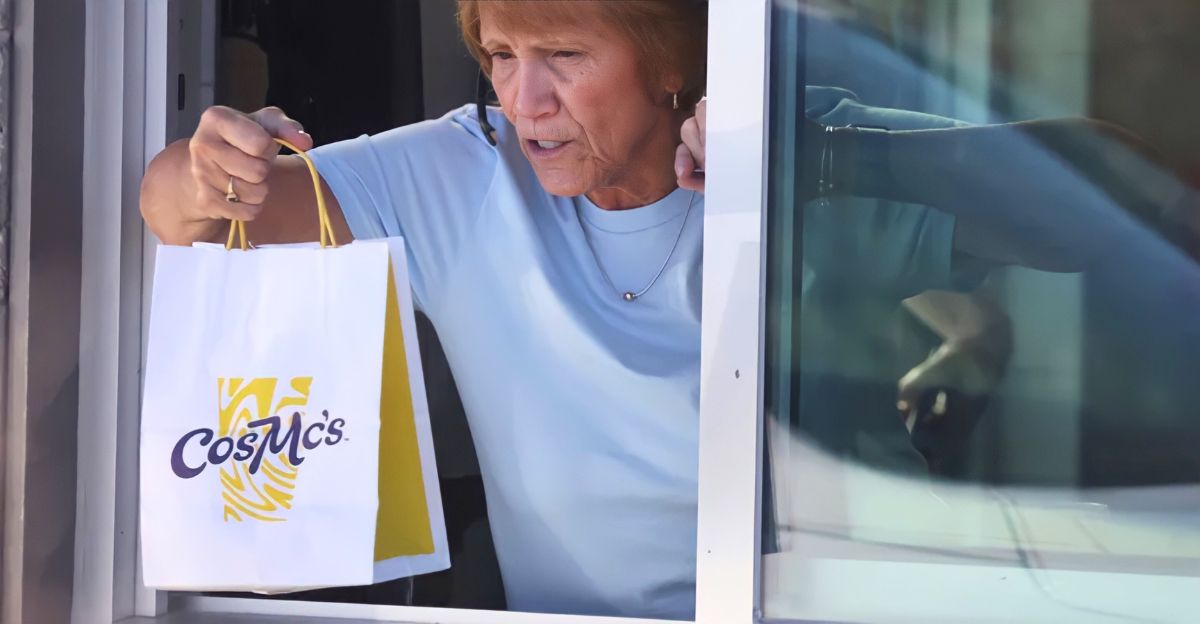
The fast-food industry’s most dominant name has just scrapped what it once touted as its next big idea. Less than two years after launch, a major restaurant chain is shutting down an ambitious concept that many thought would redefine the afternoon snack space.
The move impacts multiple states and marks one of the sharpest pullbacks by a food giant in recent memory. What’s especially telling is that the parent company had framed the venture as crucial for tapping into a booming $100 billion market.
Now, its abrupt end raises bigger questions about how even the strongest brands are struggling to adapt. As consumer habits shift and economic pressures mount, this sudden reversal exposes the cracks in a strategy once seen as future-proof.
So why did this heavily hyped innovation vanish so suddenly, and what does it say about the future of fast food?
A Multi-State Experiment Comes to an End
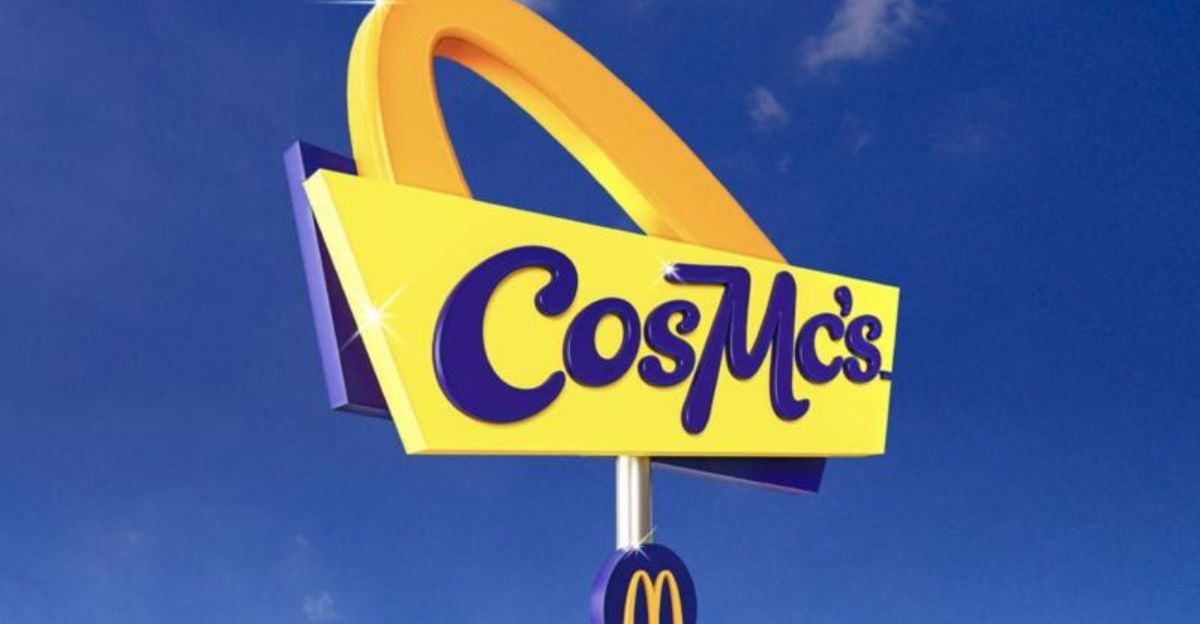
The closures span across two states, each chosen to represent distinct markets and demographics. Four locations in Texas, San Antonio, Fort Worth, Allen, and a major highway corridor—are shutting down alongside a single site in Illinois, just outside Chicago. These weren’t random picks; they were part of a carefully plotted strategy to gauge national appetite.
The simultaneous closures suggest a deeper issue than regional underperformance. Instead of tweaking the model or narrowing focus, the parent company opted to exit entirely. For customers in these areas, the loss is more than physical, it’s the disappearance of a futuristic option they were just getting used to.
From Nostalgic Mascot to Modern Ambition
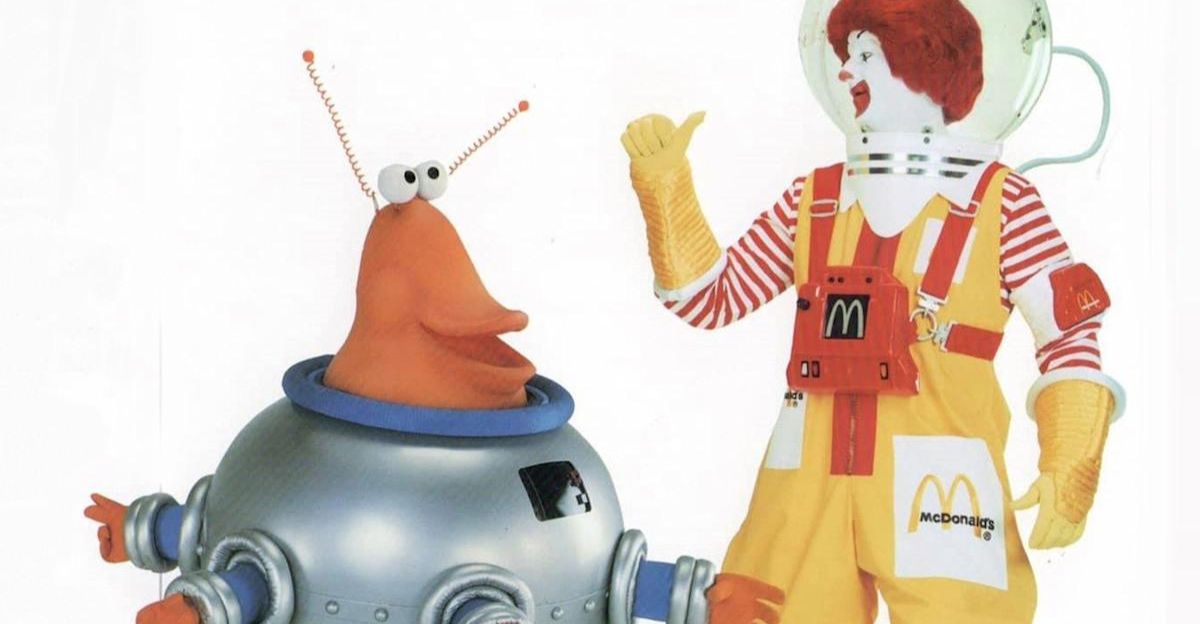
The concept leaned on something many hadn’t seen in decades: a quirky alien mascot from the 1980s McDonaldland universe. Revived with neon flair and millennial nostalgia, this obscure character was meant to bridge childhood memories with trendy adult cravings. The goal? Compete head-to-head in the premium beverage space while making fans smile.
Following the unexpected viral love for Grimace, the company hoped lightning would strike twice. But unlike seasonal purple shakes, this was a full-scale rollout. That emotional link—between branding and memory, gave the venture heart. Which makes its quiet closure feel less like a pivot and more like a personal loss for some fans.
The Afternoon Slump That Became a Strategic Obsession
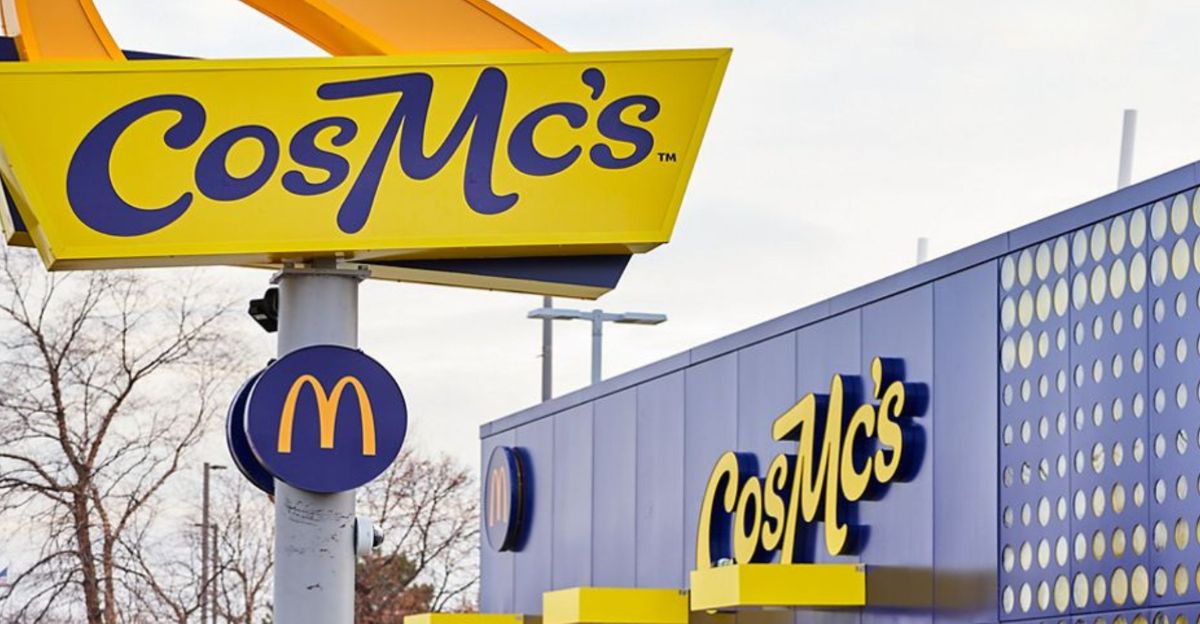
At the heart of this effort was a business problem: afternoons. Fast-food giants struggle between lunch and dinner, watching profits dip sharply after 2 PM. Competitors had long exploited this slump, filling it with sugary lattes, smoothie bowls, and customizable cold brews. That overlooked window became a battleground, and a $100 billion opportunity the company couldn’t ignore.
It wasn’t just about caffeine; it was about capturing an entire behavioral shift in how people snack and recharge. Internally, McDonald’s poured resources into cracking this code, forming dedicated teams and testing new models. But by the time they launched their big idea, cracks were already forming.
CosMc’s Dreams Crash Back to Earth
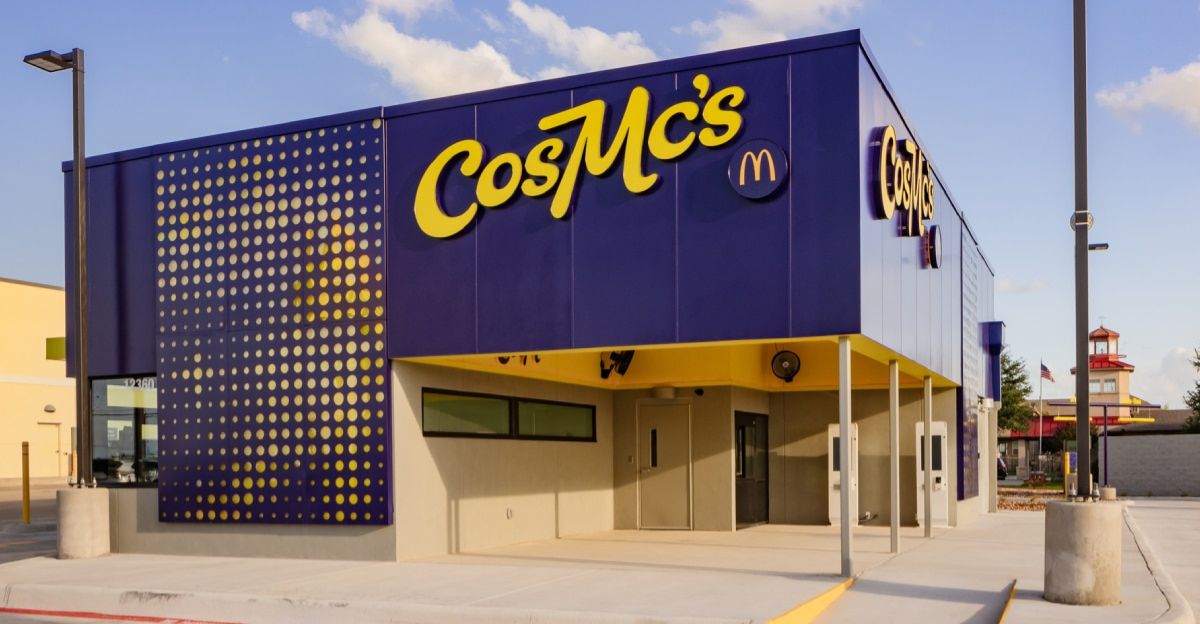
Now the experiment is over. McDonald’s confirmed it will shut down CosMc’s, its space-themed spin-off chain, by the end of June 2025. Introduced in late 2023, the brand offered whimsical drinks like Churro Cold Brew Frappés and Iced French Toast Galaxy Lattes in an attempt to lure Starbucks and Dutch Bros loyalists.
Despite strong opening buzz and a steady stream of app downloads, the chain couldn’t maintain momentum. The loyalty program, app, and all five standalone stores will be discontinued, ending the brief but ambitious foray into beverage-first branding. McDonald’s says some drinks may appear in core stores, but the CosMc’s name is gone.
Local Communities Lose Their Cosmic Connection
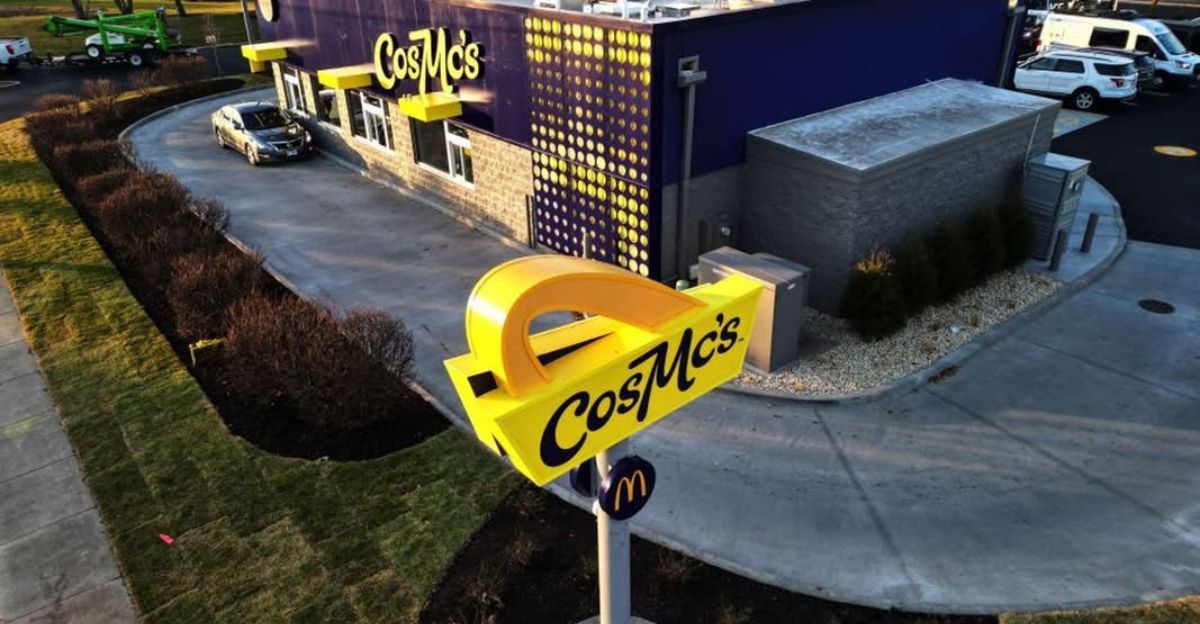
In places like Bolingbrook, Illinois, CosMc’s wasn’t just a test—it became part of the neighborhood. Families made weekend stops, students turned it into a hangout, and social media lit up with colorful drink pics. In Texas, some fans drove 30 minutes or more just to try a new flavor drop.
Now those communities are watching their local spots shut down, with only a vague promise that some drinks may resurface elsewhere. The end of the loyalty program left customers scrambling to use points before they vanish. For many, it’s not just a business move, it’s a disruption of routine and a letdown from a brand they trusted.
Behind the Scenes, a Learning Experiment Runs Its Course
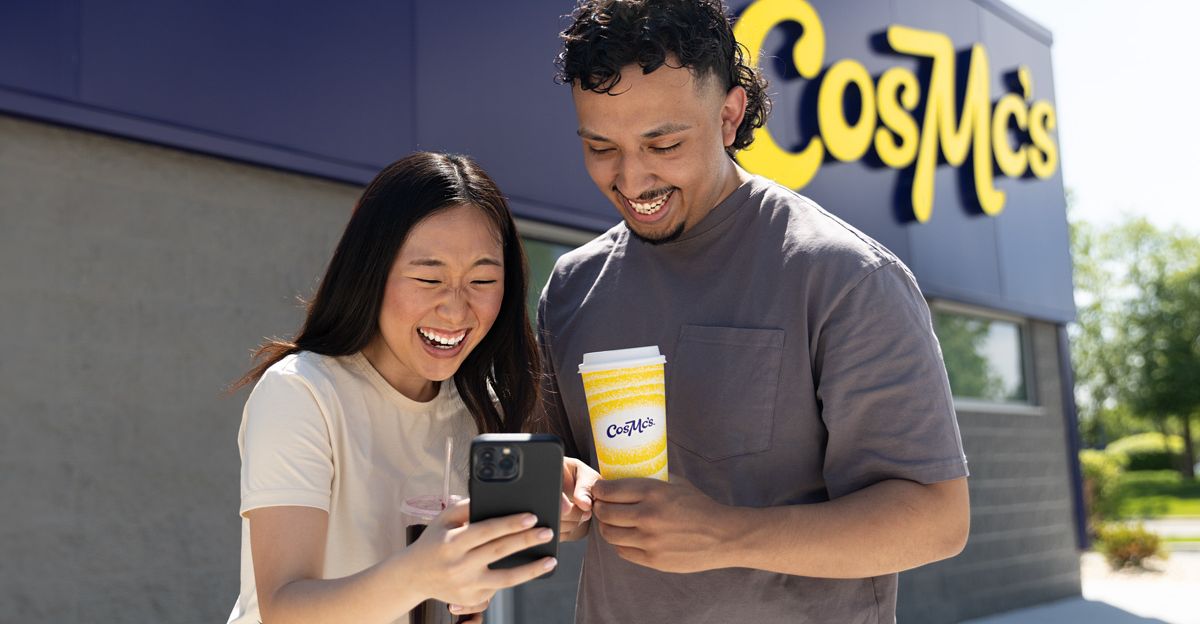
Internally, CosMc’s was always more than just a new storefront, it was a learning lab. Employees trained on intricate drink builds, new ordering tech, and back-end systems different from the usual burger-and-fries flow. For some staffers, it was a career milestone, not a pit stop.
But as the project wraps, those roles are ending. Specialized beverage teams that had been monitoring CosMc’s performance will shift focus, and store-level staff now face uncertainty. This was a business sandbox for McDonald’s, but real people were building careers inside it. The emotional and professional whiplash of a shutdown like this often goes unseen by the public.
Starbucks and Dutch Bros Hold Their Ground
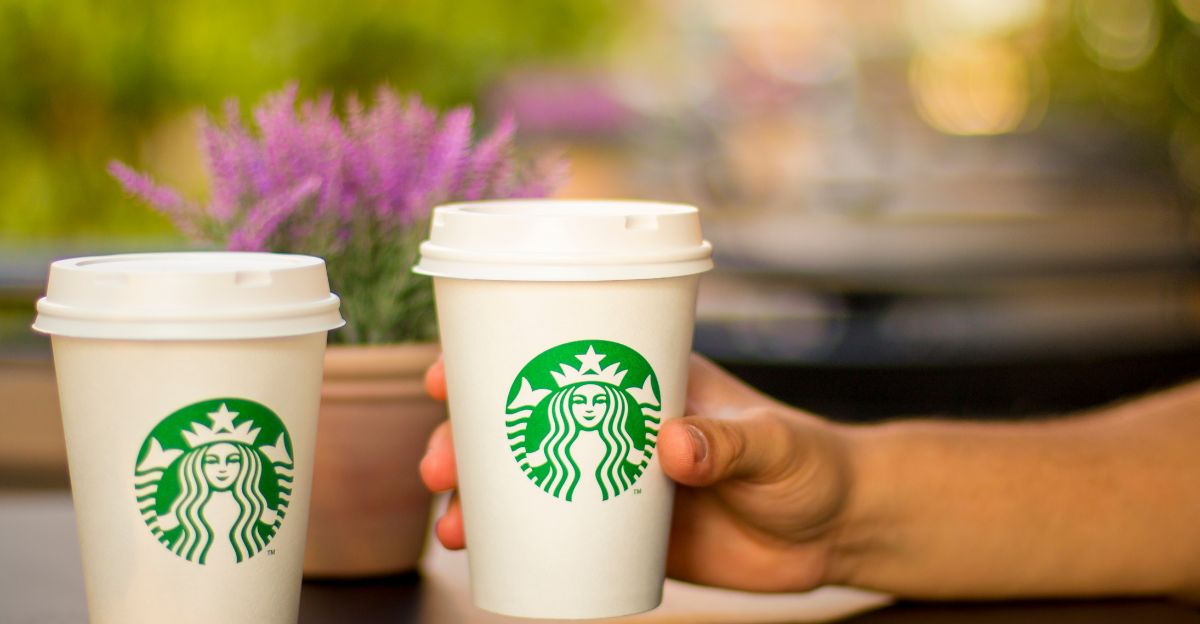
From the beginning, industry insiders were skeptical: Could McDonald’s seriously compete with Starbucks’ loyal base or Dutch Bros’ cult following? CosMc’s had the branding, but its drive-thru model lacked the warm familiarity that defines its rivals. Price wasn’t enough either, some drinks actually cost more than Starbucks.
Add in the time it took to make complex orders, and McDonald’s speed advantage started to erode. Analysts noted that Starbucks thrives on personalization and in-store experience, two things CosMc’s didn’t fully offer. The result? A product that struggled to stand out in a crowded market where good drinks aren’t enough, you need a whole ecosystem.
When Customization Meets Reality
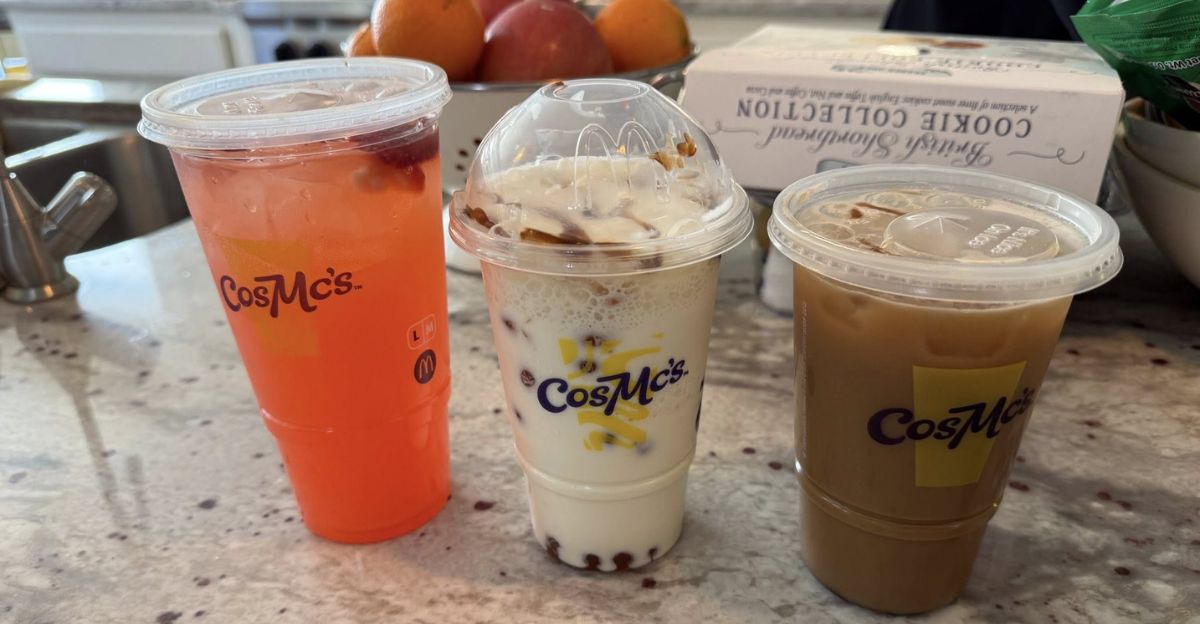
CosMc’s rise and fall also reflects a larger tension shaping fast food today. People want their orders to feel personalized, but still want them fast and cheap. That’s a tough equation to solve. CosMc’s tried to thread that needle with boba add-ons and flavored foam, but execution proved tricky.
As economic uncertainty grew, even loyal customers began cutting back on premium treats. McDonald’s core audience, especially budget-conscious families, started pulling away. With multiple quarters of declining visits, the company needed to recalibrate. CosMc’s, though ambitious, was misaligned with shifting spending habits, and became a casualty of the broader push for value over novelty.
What the Fast-Food Future Might Look Like
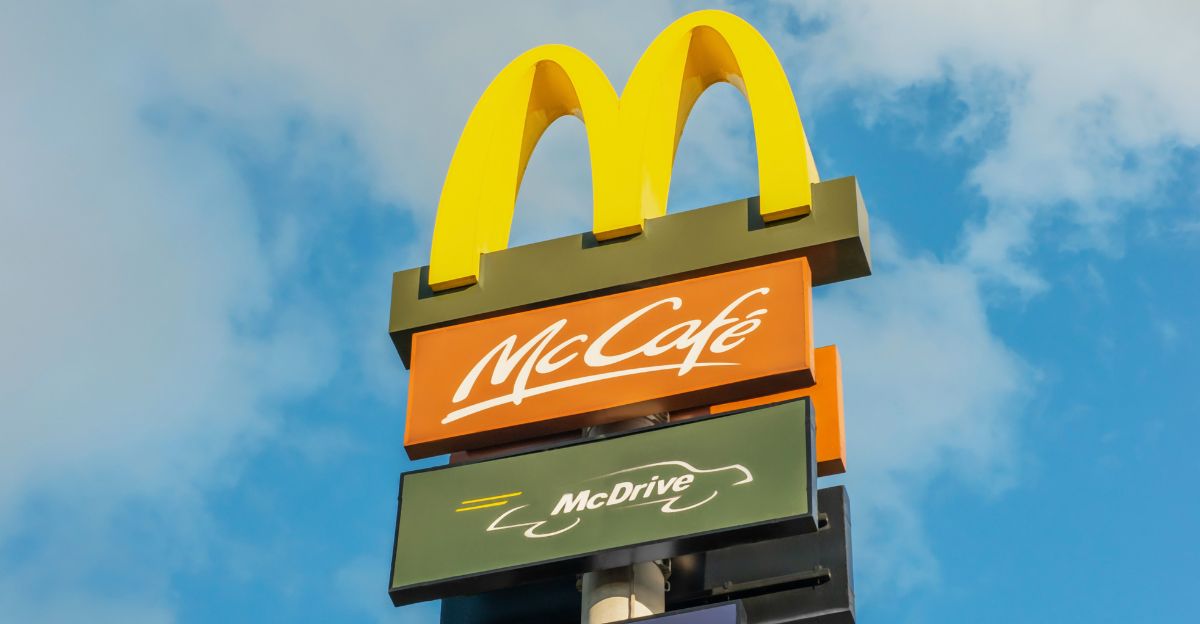
CosMc’s may be gone, but its lessons aren’t lost. McDonald’s now plans to test select drinks from the failed chain in traditional stores, a safer, more scalable strategy. Integrating innovation into existing frameworks avoids the risk of standalone failures. Other chains will be watching closely.
Will this hybrid approach spark new life into sluggish afternoons, or is the beverage war simply too crowded for even McDonald’s to break through? For now, the golden arches are playing it safe. But the closure raises deeper questions: Can fast food still afford to experiment? Or are today’s consumers just too hard to surprise?
Discover more trending stories and Follow us to keep inspiration flowing to your feed!

Craving more home and lifestyle inspiration? Hit Follow to keep the creativity flowing, and let us know your thoughts in the comments below!
